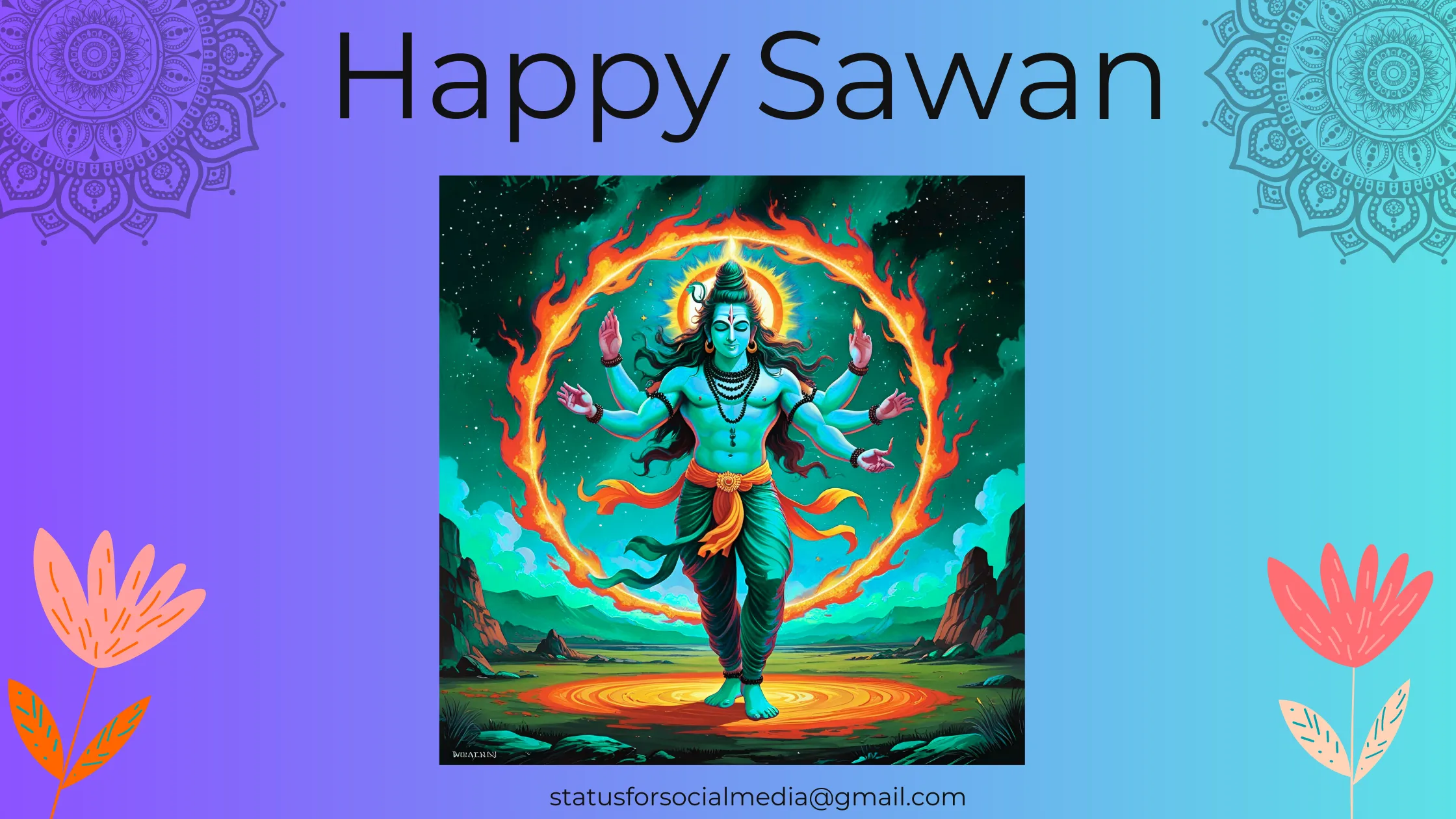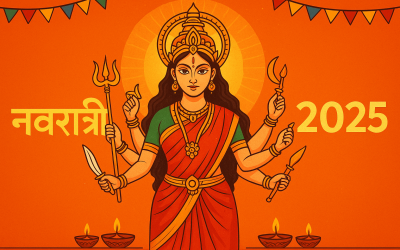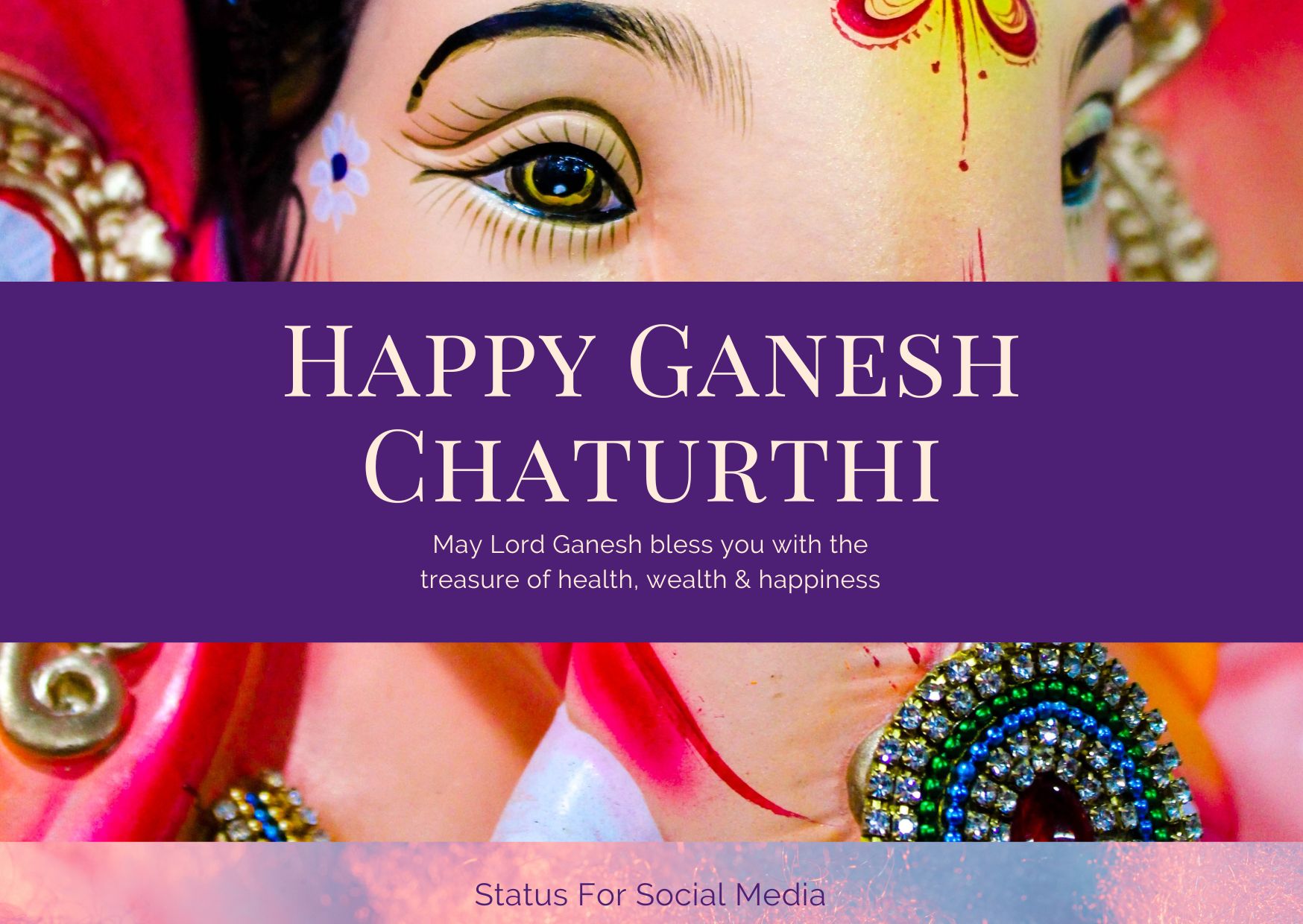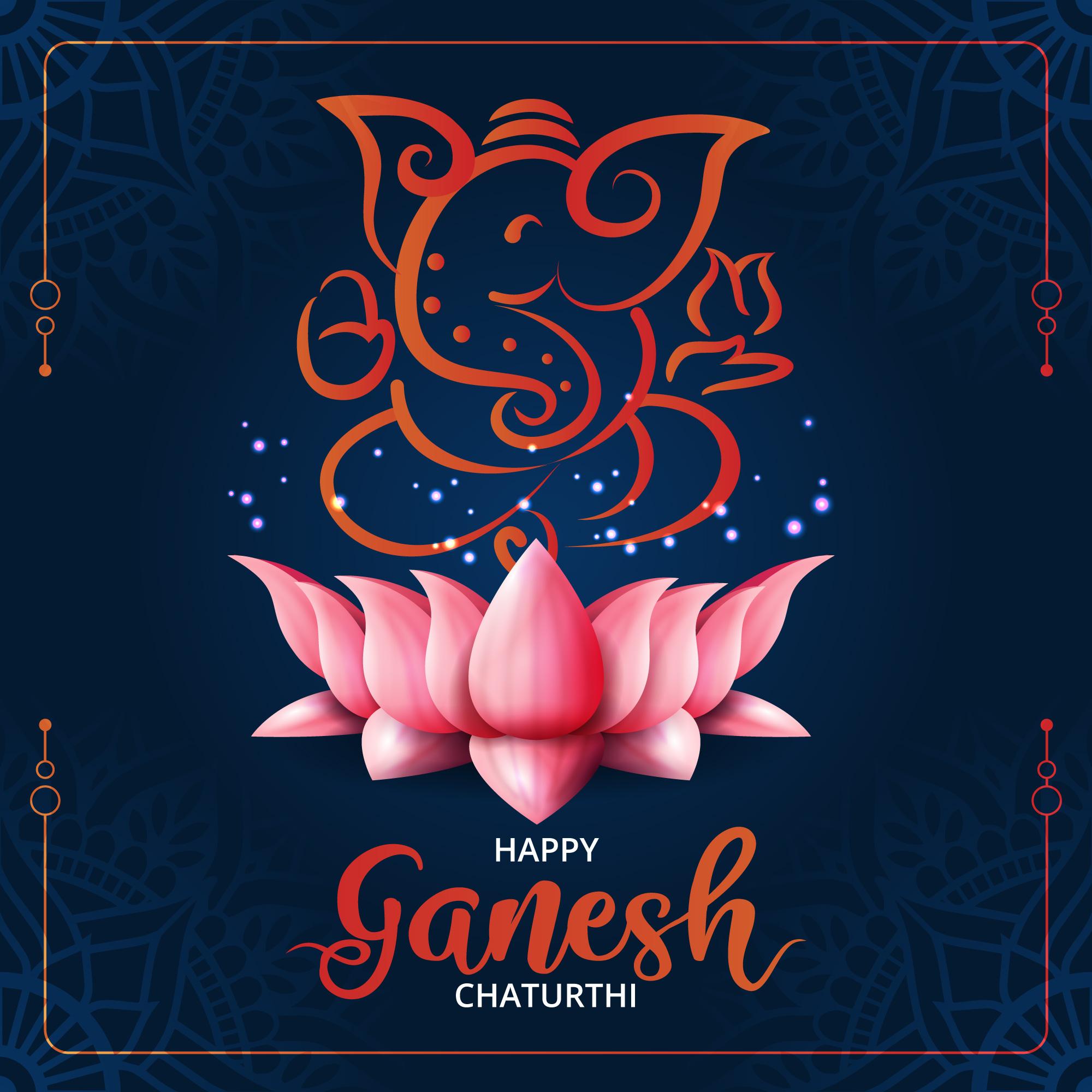Sawan, also known as Shravan Maas, is one of the holiest and most spiritually significant months in the Hindu calendar. Falling between July and August, it marks a divine phase dedicated to Lord Shiva. With rains pouring down, peacocks dancing, and the earth turning lush green, the monsoon not only brings relief from summer but also awakens deep religious fervor among devotees.
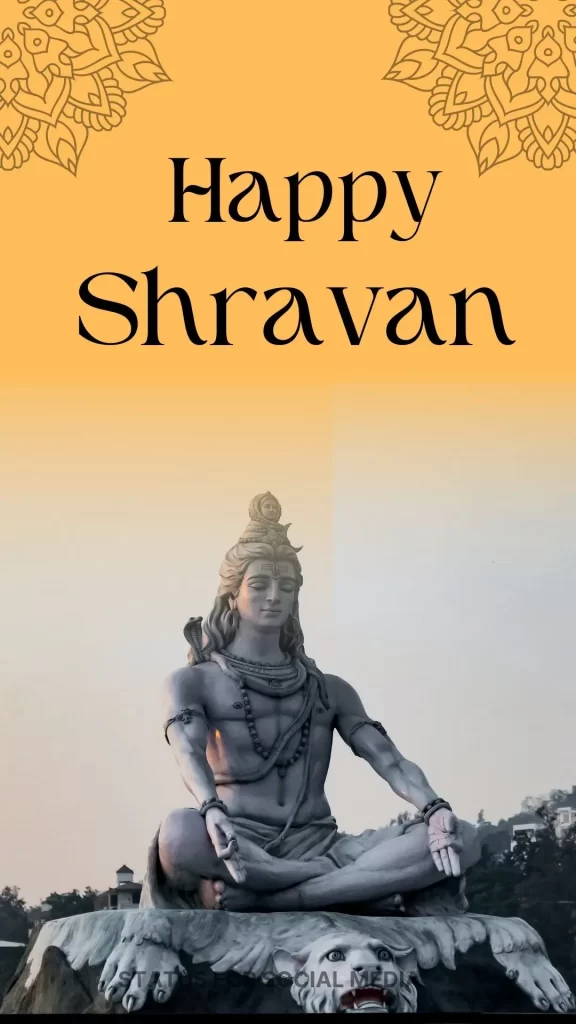
Mondays are auspicious during the month of Sawan and it is believed that if a devotee worships Lord Shiva with devotion, then Lord Shiva fulfills his wishes which are celebrated as Shravan Somwar or Sawan Somwar Vrat. which involves fasting for sixteen consecutive Mondays.
Tuesdays are dedicated to Goddess Parvati and are marked by the observance of Mangal Gauri Vrat. This year Sawan is starting from 11th July, which will continue till the day of Rakshabandhan in August. Hariyali Teej will be celebrated on July 27th,
| Sawan Somwar | Date |
| First Sawan Somwar Vrat | July 14, Monday |
| Second Sawan Somwar Vrat | July 21, Monday |
| Third Sawan Somwar Vrat | July 28, Monday |
| Fourth Sawan Somwar Vrat | August 4, Monday |
Why is Sawan Celebrated?
According to Hindu mythology, Sawan is the month when Lord Shiva consumed poison (halāhala) during the churning of the ocean (Samudra Manthan) to save the universe. To ease the effects of the poison, the devas offered water from the holy Ganga to Shiva. This is why pouring water or milk over the Shiva Linga (Abhishek) is a key ritual.
Important Key Rituals in Sawan 2025
1.Sawan Somwar Vrat (Fast): Devotees observe a fast every Monday, also known as Shravan Somwar, to seek blessings from Lord Shiva. It is believed that sincere prayers and fasting during these days can lead to the fulfillment of wishes, especially for marriage and health.
2. Mangal Gauri Vrat: Tuesdays during Sawan are dedicated to Goddess Parvati. Married women perform this vrat for marital bliss and long life of their husbands. The vrat includes puja, storytelling, and charitable offerings.
3. Kawad Yatra: Thousands of Kanwariyas walk barefoot carrying pots of Ganga water to offer at Shiva temples, particularly in North India. This act of devotion symbolizes purification of the soul.
4. Chanting Mantras: Chants like “Om Namah Shivaya” and the Maha Mrityunjaya Mantra resonate in temples and homes. These are believed to offer mental peace and protection.
5. Wearing Green and Applying Mehendi: Green is considered auspicious during this time. Women adorn green sarees and bangles, and apply mehendi, celebrating feminine energy and nature.
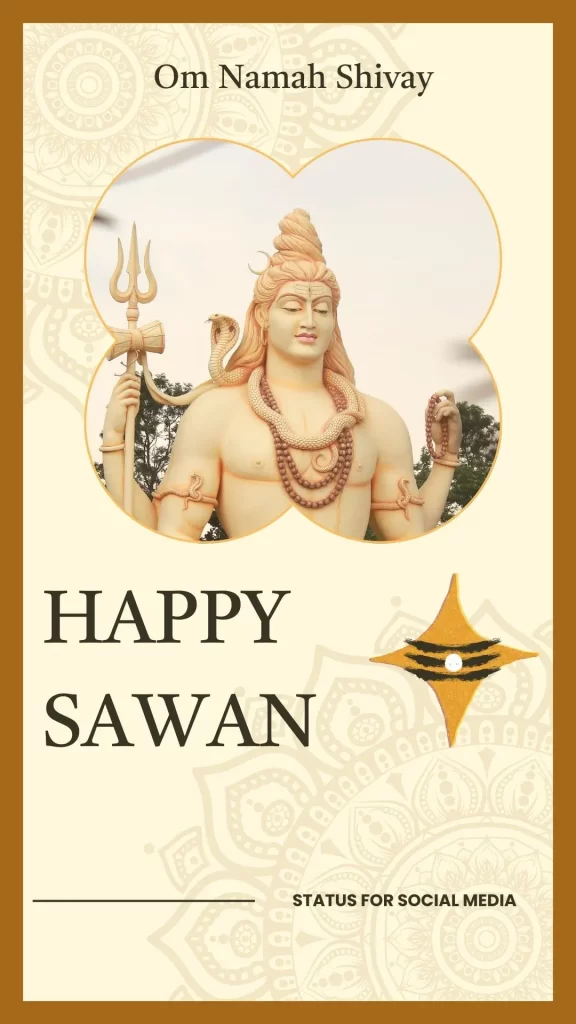
Cultural and Regional Importance
In North India, especially in Uttar Pradesh, Bihar, and Uttarakhand, Sawan is celebrated with fairs and processions.
In Maharashtra, Shravan brings a wave of religious energy with the start of many festivals like Mangala Gaur, Narali Purnima, and Krishna Janmashtami.
In South India, temples remain vibrant, and devotees engage in bhajans and poojas.
Spiritual Benefits of Sawan
- Enhances devotion and spiritual discipline
- Helps in mental peace through fasting and prayers
- Detoxifies the body
- Increases positivity and family harmony
- Inspires family bonding via shared rituals
Sawan 2025 is a sacred opportunity to slow down, reflect, and reconnect spiritually. Through rituals, fasting, and community celebrations, this divine month offers a chance for renewal in mind, body, and soul.
FAQ
When is Shravan (Sawan) starting in 2025?
This year Shravan start from It will take place from Friday, July 11, to Saturday, August 9, in North India, and from July 25 to August 23 in South and Western India. The Hindu calendar’s month of Shravan, also known as Sawan,
How many Shravan Somvar are in 2025?
There will be four Shravan Somwar (Mondays) in 2025. The dates for these fasts are: July 14, July 21, July 28, and August 4
What does Sawan mean ?
Sawan (सावन) translates to “rainy season” or “life-giving rain”. It also refers to the fifth month of the Hindu calendar, known as Shravan, which typically falls during the monsoon season in India. This month is particularly significant for Hindus as it’s dedicated to Lord Shiva and is associated with festivals, greenery, and rainfall.
